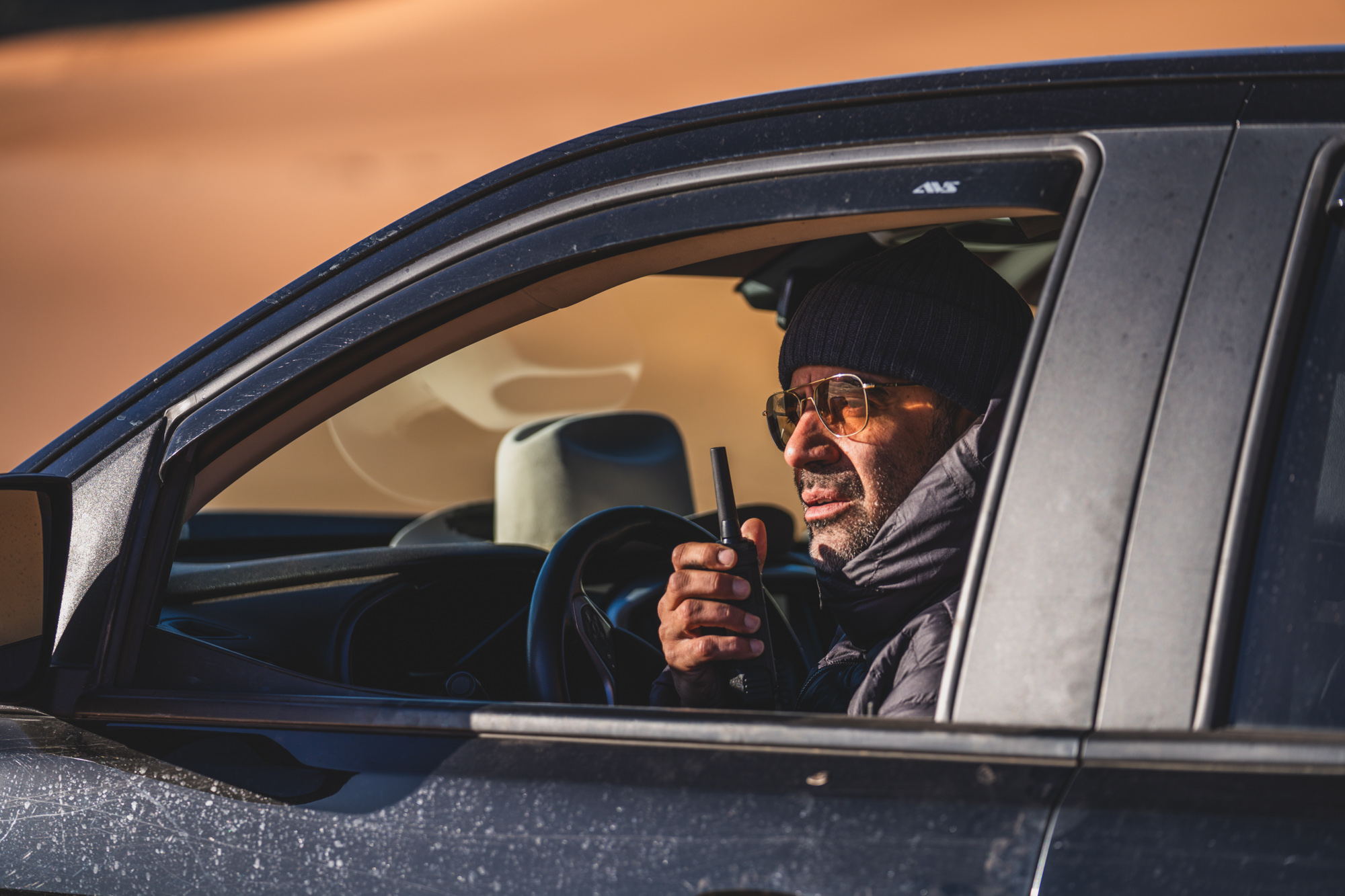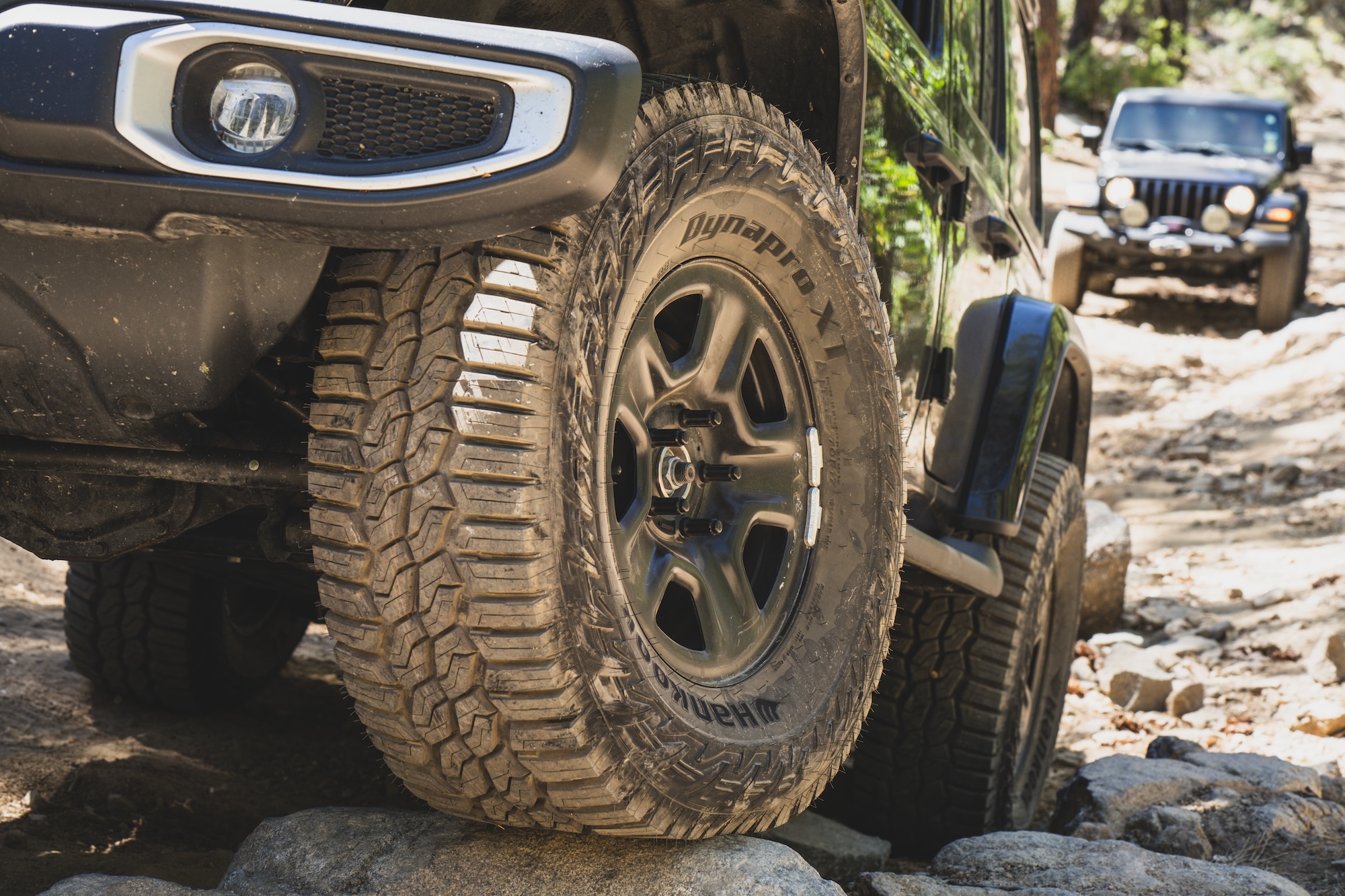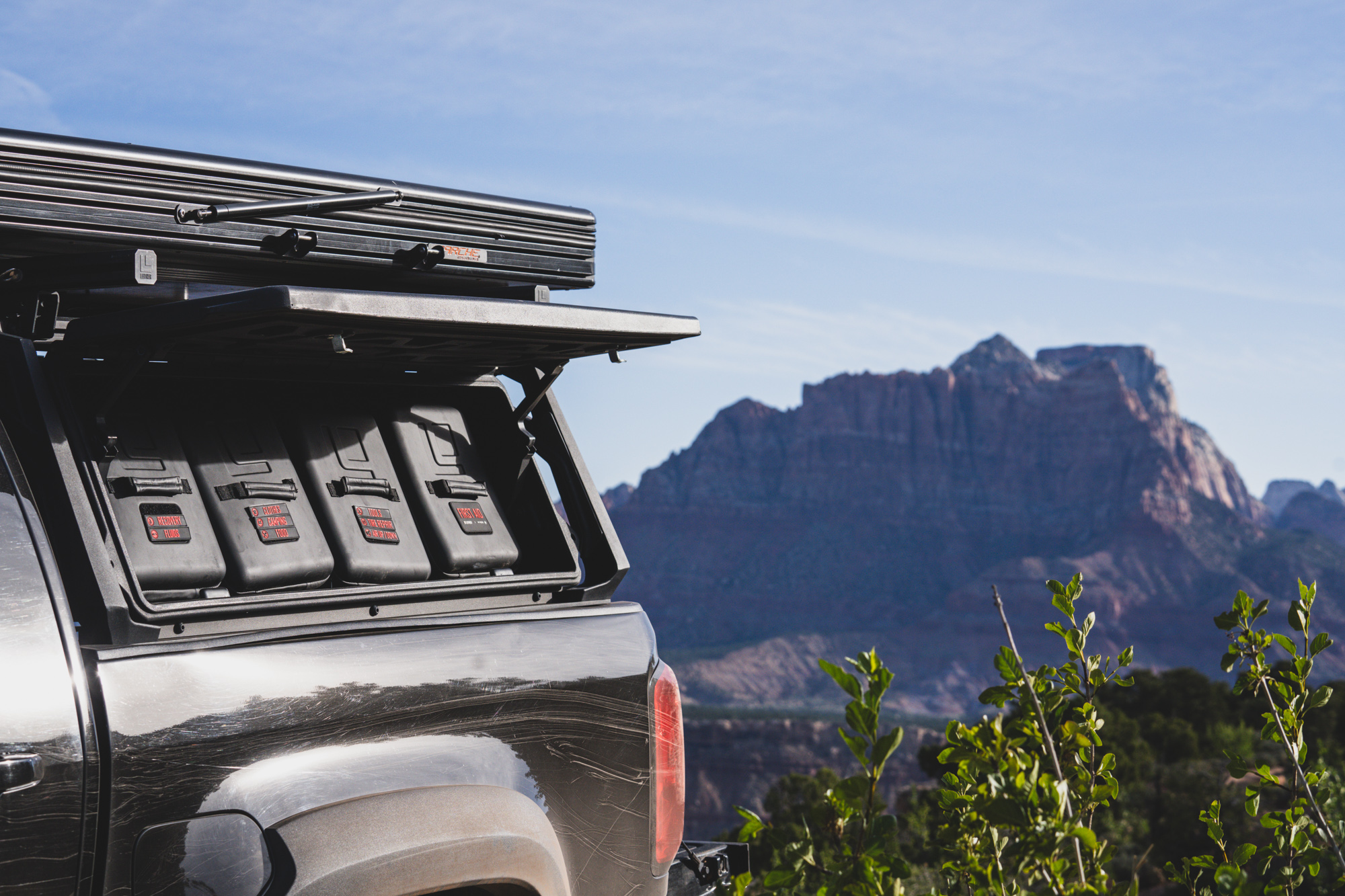Join us for episode six of our educational series on Tires for Overlanding, where we review selecting various tires, driving and recovery, vehicle preparation, Tread Lightly, and more. For this sixth episode, we discuss the importance of Overland Vehicle Preparation, including the ABCs and other essential items to make overlanding safe and enjoyable. We also review the importance of Treading Lightly and Leaving no Trace for future generations of travelers.
Presented by Hankook Dynapro Tire
Overland Vehicle Preparation Essentials:
For the ABCs, we focus on equipment that must be taken as responsible backcountry travelers. These items allow us to avoid getting lost (or traveling on private property), sustain life in an emergency, and call for help when we are out of cell coverage.
The ABCs:
- Aids for Navigation
- Primary: Dedicated GPS unit or tablet
- Secondary: GPS enabled phone with offline maps downloaded
- Contingency: Paper maps and guidebooks, including an analog compass
- Basic Emergency Supplies
- First aid kit (we recommend a Wilderness First Aid course for training)
- Basic shelter and backup waterproof jacket
- Water
- Hard candies or long-life meal bars
Keep all of these items in a ditch bag accessible to the driver, should a vehicle fire, etc. require evacuation from the 4wd.
- Communication in Remote Areas
- Primary: Cell phone with satellite SOS
- Secondary: Garmin inReach or Starlink
- Contingency: HAM radio with repeater frequencies (license required), signal mirror, flares, or similar
The Essentials:
- Tools and basic spares
- Self-recovery equipment, including GVWR recovery points
- Quality tires and a full-size spare. Tire repair and Inflation equipment
- Loading and lashing points with proper straps
- Minimalist camping gear should you need or want to camp on short notice


Having the right navigation and communication tools are an important part of Overland Vehicle Preparation.

One of the essential items for Overland Vehicle Preparation is quality LT tires with a tread pattern appropriate to the conditions. For many overlanders, that pattern is an XT or hybrid tire profile, which strikes the balance between a mud tire and an all-terrain. Prepared for nearly any environment while still giving good pavement traction and wet weather grip.
Preserving the Backcountry for Future Generations:
One of the most critical responsibilities of the overland traveler is to preserve the places we visit for future adventurers and generations. We can minimize and even eliminate most of the impact of our travels by using Tread Lightly, Leave no Trace, and Overlander’s Code principles. Consider supporting not-for-profit organizations like Tread Lightly and Leave No Trace by donating your resources or time.
The T.R.E.A.D. Principles
Travel Responsibly on land by staying on designated roads, trails, and area. Go over, not around, obstacles to avoid widening the trails. Cross streams only at designated fords. when possible, avoid wet, muddy trails.
Respect the Rights of Others, including private property owners, all recreational trail users, campers, and others, so they can enjoy their recreational activities undisturbed. Leave gates as you found them. Yield right of way to those passing you or going uphill.
Educate Yourself prior to your trip by obtaining travel maps and regulations from public agencies. Plan for your trip, take recreation skills classes and know how to operate your equipment safely.
Avoid Sensitive Areas on land such as meadows, lake shores, wetlands and streams. Always ride with caution any time water is present. Wet soils are more susceptible to damage. Riding along river and stream beds causes erosion and habitat destruction. Stay on designated routes. This protects wildlife habitats and sensitive soils from damage. Don’t disturb historical, archeological or paleontological sites.
Do Your Part by modeling appropriate behavior, leaving the area better than you found it, properly disposing of waste, minimizing the use of fire, avoiding the spread of invasive species and repairing degraded areas.
The Leave No Trace Principles
Plan Ahead and Prepare
Know the regulations and special concerns for the area you’ll visit.
Prepare for extreme weather, hazards, and emergencies.
Schedule your trip to avoid times of high use.
Visit in small groups. Split larger parties into smaller groups.
Repackage food to minimize waste.
Use a map and compass to eliminate the use of rock cairns, flagging, or marking paint.
Travel & Camp on Durable Surfaces
Durable surfaces include established trails, campsites, rock, gravel, or snow.
Protect riparian areas by camping at least 200 feet from lakes and streams.
Good campsites are found, not made. Altering a site is not necessary.
Use existing trails and campsites.
Keep campsites small. Focus activity in areas where vegetation is absent.
Dispose of Waste Properly
Pack it in, pack it out. Inspect your campsite and rest areas for trash or spilled food. Pack out all trash, leftover food, and litter. Burning trash is never recommended.
Deposit solid human waste in catholes dug 6-8 inches deep at least 200 feet from water, camp, and trails. Cover and disguise the cathole when finished.
Bury toilet paper deep in a cathole or pack the toilet paper out along with hygiene products.
To wash yourself or your dishes, carry water 200 feet away from streams or lakes and use small amounts of biodegradable soap. Scatter strained dishwater.
Leave What You Find
Preserve the past: observe cultural or historic structures and artifacts, but do not touch them.
Leave rocks, plants, and other natural objects as you find them.
Avoid introducing or transporting non-native species.
Do not build structures, furniture, or dig trenches.
Minimize Campfire Impacts
Campfires can cause lasting impacts on the environment. Use a lightweight stove for
cooking and enjoy a candle lantern for light.
Use established fire rings, pans, or mound fires where fires are permitted.
Keep fires small. Use only sticks from the ground that can be broken by hand.
Burn all wood and coals to ash, put out campfires completely, then scatter cool ashes.
Respect Wildlife
Observe wildlife from a distance. Do not follow or approach them.
Never feed animals. Feeding wildlife damages their health, alters natural behaviors, and exposes them to predators and other dangers.
Control pets at all times, or leave them at home.
Avoid wildlife during sensitive times: mating, nesting, raising young, or winter.
Be Considerate Of Others
Respect others and protect the quality of their experience.
Be courteous. Yield to other users on the trail.
Greet riders and ask which side of the trail to move to when encountering pack stock.
Take breaks and camp away from others.
Let nature’s sounds prevail. Avoid loud voices and noises.
(Note: This was a minor edit of the Leave No Trace principles to avoid confusion between human-powered and mechanized backcountry use. )
These principles are all part of Overland Vehicle Preparation.
Read more: Tires for Overlanding Episode 5: Recovery Techniques
Our No Compromise Clause: We do not accept advertorial content or allow advertising to influence our coverage, and our contributors are guaranteed editorial independence. Overland International may earn a small commission from affiliate links included in this article. We appreciate your support.


